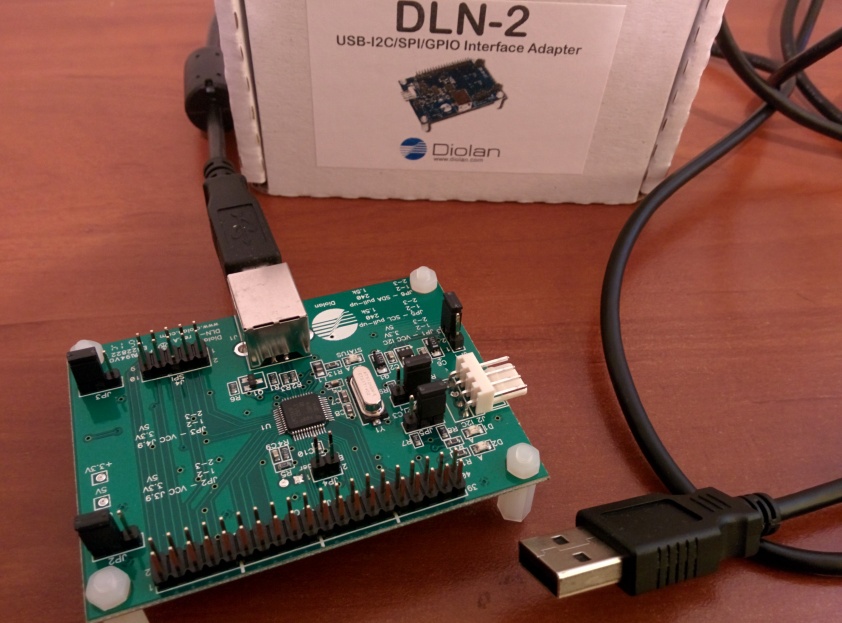As part of our internship, we were strongly encouraged to participate in a conference of interest for us, being offered a $500 travel allowance for it. As soon as I heard about this opportunity, I knew that I want to attend LinuxCon Europe, which took place in Dublin, Ireland, at the beginning of October 2015.
It was the first time I participated in such an important conference and the fact that I had to give a short talk together with the other Outreachy Linux Kernel interns made it even more overwhelming, but at the same time it felt like a great achievement.
Together with a large group of Romanians from my university and not only, we landed in Dublin on Sunday, October 4th, a day before the start of the conference. No need to say that Dublin is well known for its amazing Guinness beer, so we started our journey by verifying this in a local pub and listening stories from friends who previously attended Linux conferences.
As I previously mentioned, together with Julia Lawall the other kernel interns, two of whom are also Romanians, colleagues of mine at University POLITEHNICA of Bucharest, we had a presentation scheduled, but only on the third day of the conference, so we had a lot of time to get rid of emotions and get to know the people we collaborated with during our internships.
This LinuxCon was special, since there were actually two other important conferences taking place at the same time in Dublin, Embedded Linux Conference and CloudOpen. This was a great opportunity, offering a huge diversity of talks, covering many topics.
The conference started with Jim Zemlin (Linux Foundation) opening remarks, where he highlighted some important facts from Linux world, remembering us that exactly 24 years ago, Linus Torvalds released the first Linux kernel and a few days ago it also was the 30th anniversary of Free Software Foundation. After this, the hardest part started: choosing which talks to attend, many taking place at the same time. Since it would be too much describing each talk I attended, I will just mention a few of them, adding that all were very interesting and I wish that I could’ve been in many places at the same time.
One of the first talks I attended was Read the F* Manual? Write a Better F* Manual, by Rich Bowen from Red Hat. Rich is an amazing speaker, with over 20 years of Open Source documentation experience and I really enjoyed the talk. It was funny, but at the same time there were a lot of serious lessons about how to interact with the community and how a good documentation plays an important role in the development process.

Another talk I attended on the first day of the conference was Introducing the Industrial IIO subsystem – the home of sensor drivers, held by Daniel Băluță, my mentor during the OPW internship, a person from whom I learned a lot and who really guided my first steps in the kernel world. As the name suggests, the talk was about IIO, the subsystem on which I focused during my internship. Daniel presented the steps for writing a sensor driver, features of the IIO subsystem and also some new things regarding IIO. I found the talk very useful for an IIO newbie, but also for someone who already has some experience and needs more detailed information.

At the end of the first day I attended a great keynote, Kernel Developer Panel, where some of the greatest kernel figures answered questions from the conference attendees.

On the second day of the conference, a talk that I was looking forward to was Using seccomp to Limit the Kernel Attack Surface, by Michael Kerrisk, the author of many Linux man-pages and of “The Linux Programming Interface”, the book that made me love operating systems and system programming. I really enjoyed learning more about seccomp and it really got my interest.
Another moment I couldn’t have missed at LinuxCon was Fireside Chat, between Linus and Dirk Hohndel. It was a funny, light talk, with Linus less acid than I expected. They discussed about kernel security, containers, next projects, etc. Being asked about Linux future, Linus said something I really liked and I think it really summarizes the greatness of Linux community: “Linux did everything I expected it to do in the first six months, everything that came after was about other people solving new and interesting problems. Linux is all these crazy people doing crazy things I never imagined. It’s going to be interesting to see what others will do with it in the next 25 years.”

The last day of the conference was the day we held our talk, so there was a lot of nervousness involved. The biggest challenge was to summarize our experience in just 5 minutes, but being sure that we don’t let anything out. Even if I knew the other girls projects, I was very curious to find out about their challenges and their accomplishments. It was awesome that Daniel and Julia were there all the time, supporting us, and even Greg KH attended our presentation and we had the chance to meet him in person.

At the end of the last day, there were the closing remarks. These were held in the large auditorium of the CCD, Dublin and a trivia game and a ROCK-PAPER-SCISSORS-SPOCK-LIZARD game took place. It was very funny and a guy from our group even won a box of chocolates.
Summarizing, LinuxCon Dublin was a great experience, with lots of amazing talks, where I met many people I admire for a long time and of course with lots of Guinness, Jim Zemlin being so nice to teach us all how to properly drink it: https://youtu.be/7kxaJQCxAko.



